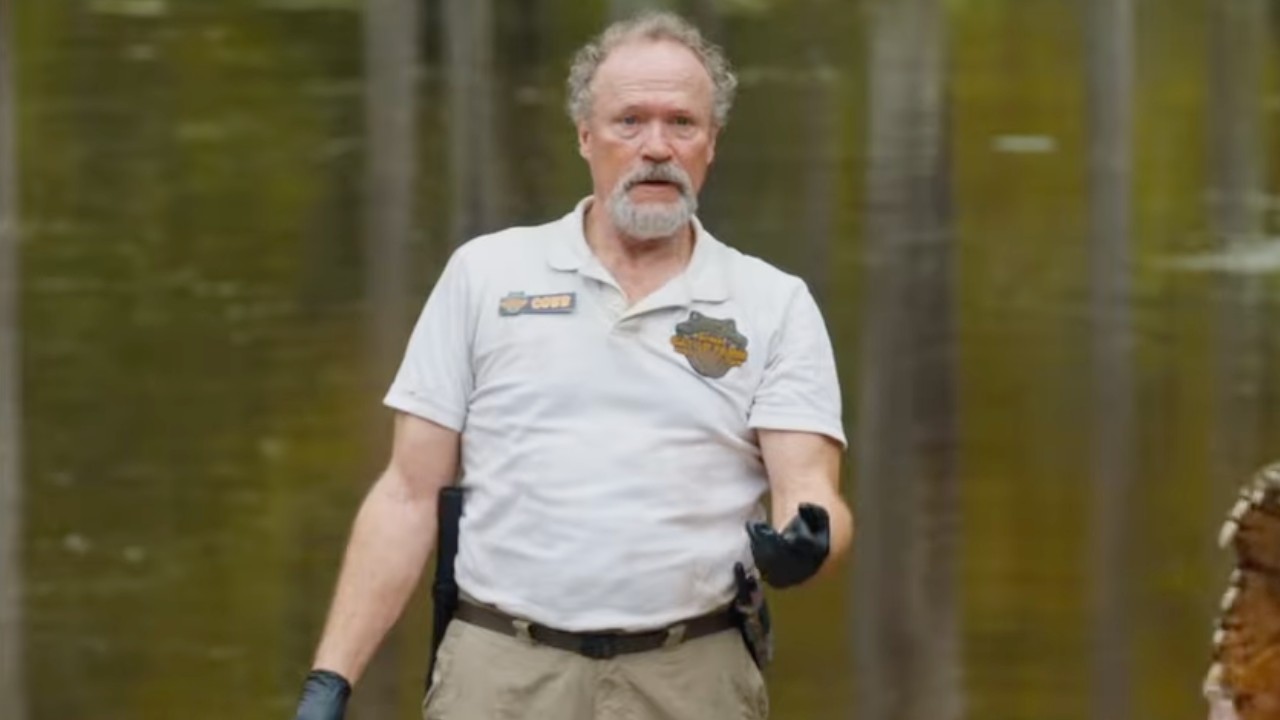Terminator: Let's Untangle The Franchise’s Convoluted Timelines Ahead Of Dark Fate

History is written by the winners, or in the case of a series like the Terminator films, whoever currently holds the rights. Originating with James Cameron’s 1984 classic The Terminator, and spawning five sequels, including the upcoming Terminator: Dark Fate, the movies have captivated, and confused, audiences for almost four decades.
The confusion comes from the fact that throughout those films, the timeline of events has been established, erased, re-written, erased again and then totally reinvented on the bones of pre-existing history (and that's not even counting what goes down in the Sarah Connor Chronicles TV series). We’ll let you catch your breath, as we say that we’re just as confused as you are, and we’re going to do something about it!
It’s time to clear up the history of John Connor, Judgement Day and an assortment of so many machines starting with the letter “T” that you’d think you were in a coffee shop. Come with us, if you want any of this to make sense.
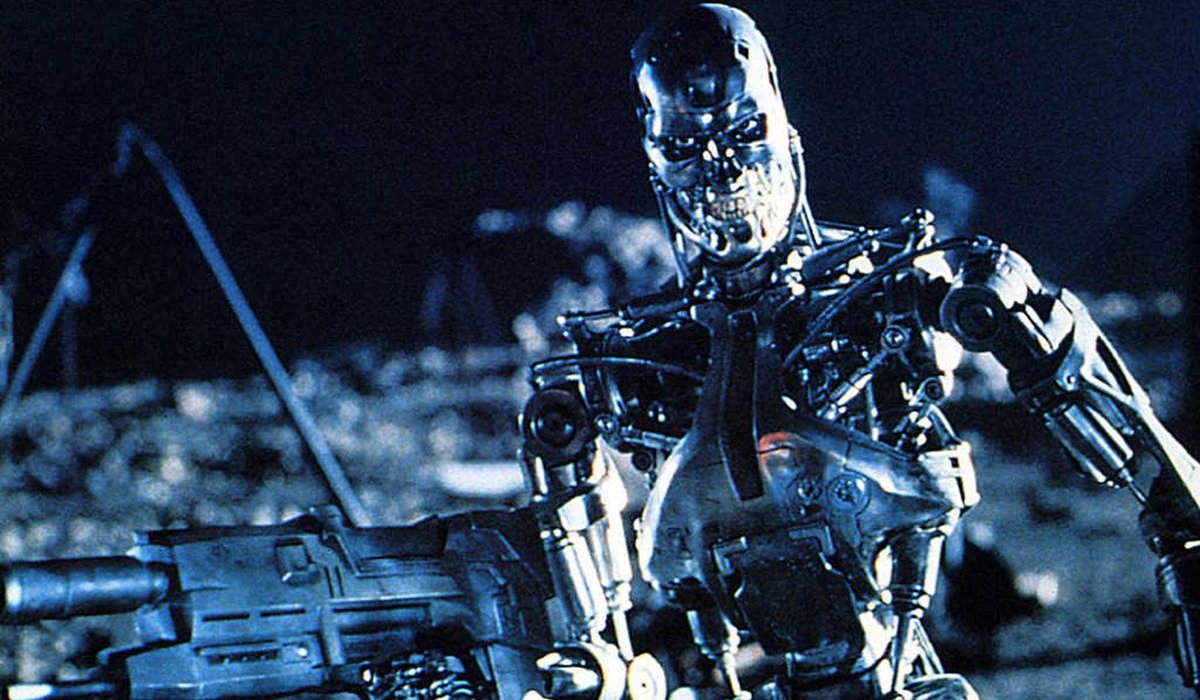
Judgement Day - The Event That Started It All
Before we dive into the timelines of Terminator franchise, let’s talk about the moment that each one of them hinges on: Judgement Day. Now depending on which timeline you’re looking at, this moment happens at various times, but the result is always the same.
Skynet, an artificial intelligence network that humanity trusted for its own defense, becomes self-aware and ultimately annihilates nearly all of humanity. With pockets of survivors banding together to form a resistance, humanity is led by one man: John Connor, the savior of the human race.
Skynet always sends a robot of some sort to try and kill John, while various figures (human and robotic) are sent back to protect him. So long as John survives, humanity is safe; whether Judgement Day is prevented or not.
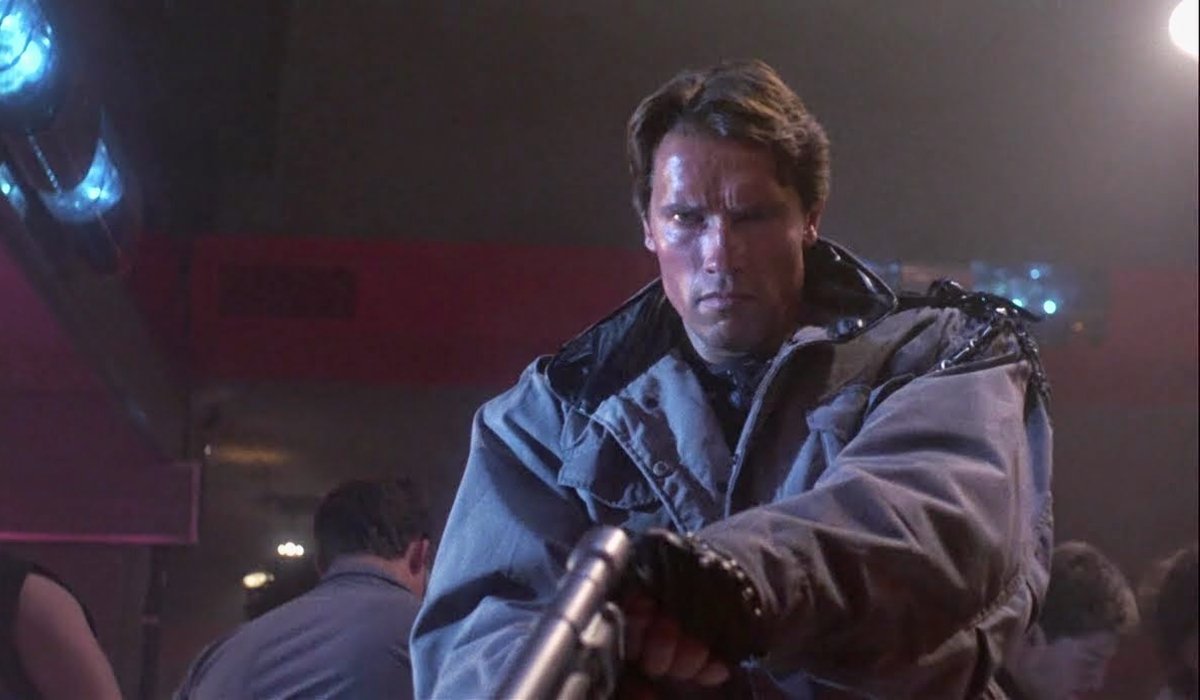
The Cameron Timeline: 1984 - 2029 (The Terminator, Terminator 2: Judgement Day, Terminator: Dark Fate)
In the original James Cameron timeline, The Terminator and Terminator 2: Judgement Day work off of basically the same set of key points in time. Judgement Day occurs on August 29, 1997 in this timeline, kicking off the apocalypse and eventually setting into motion our salvation.
CINEMABLEND NEWSLETTER
Your Daily Blend of Entertainment News
In 2029, just as John Connor and his commandos defeat Skynet, the machine intelligence sends back two machines to try and kill him. The original T-800, played by Arnold Schwarzenegger, is sent back to 1984 to kill Sarah Connor (Linda Hamilton) before she can give birth to her son, John.
As a protector and ultimately the father to John, Kyle Reese (Michael Biehn) is sent back by John Connor himself, in order to make sure the T-800 doesn’t achieve its objective. Through his brief romance with Sarah, John is conceived and ultimately Sarah proceeds to survive and destroy the T-800.
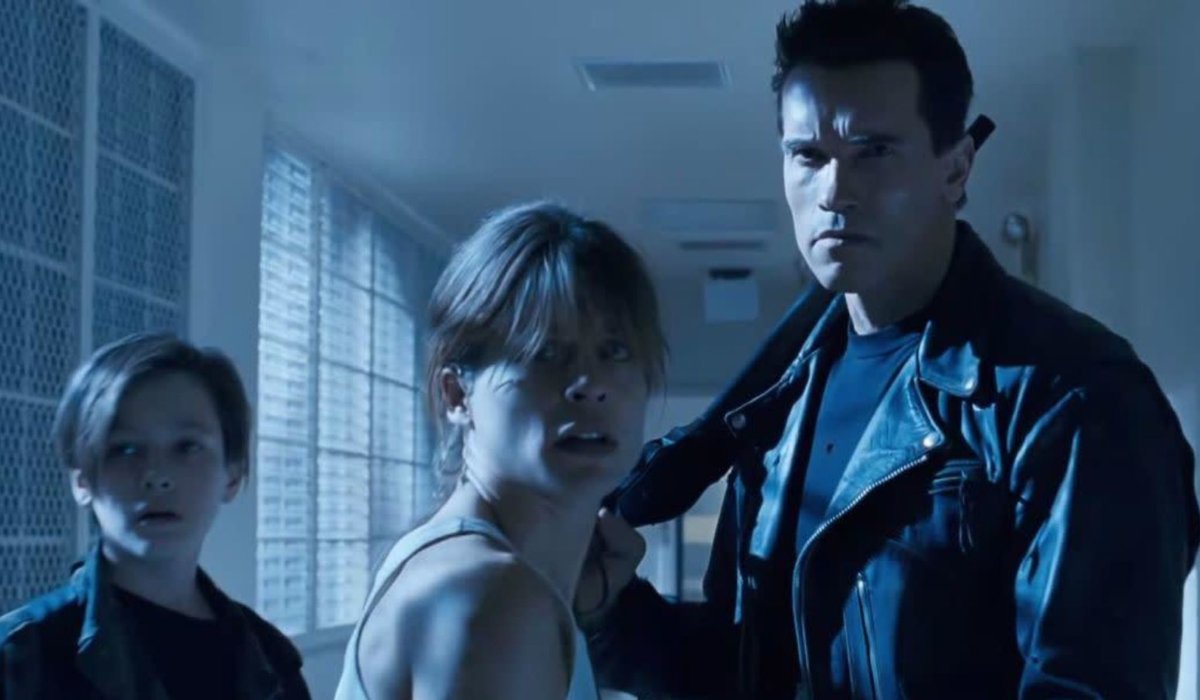
Eleven years later, in 1995, John (Edward Furlong, who will gleefully return for Terminator: Dark Fate) is the direct target of Skynet, with his opposition sending a new unit to take him out, The T-1000 (Robert Patrick). However, John Connor sends himself a new protector to fight this menace: a reprogrammed T-800 unit from 2029. The very machine that was supposed to stop him from even being born is now sworn to not only save him, but also his mother, Sarah.
Judgement Day is prevented yet again, and supposedly permanently, after Sarah and John destroy the T-1000, as well as the lab that Skynet and the Terminators were being built in. But as we’ve seen in the run up to Terminator: Dark Fate, the events of these first two films are quite crucial to where the timeline will be headed in the future. Clearly humanity still faces an apocalypse in Dark Fate's future, but it's unclear if it results from a delayed Judgement Day or something entirely different.
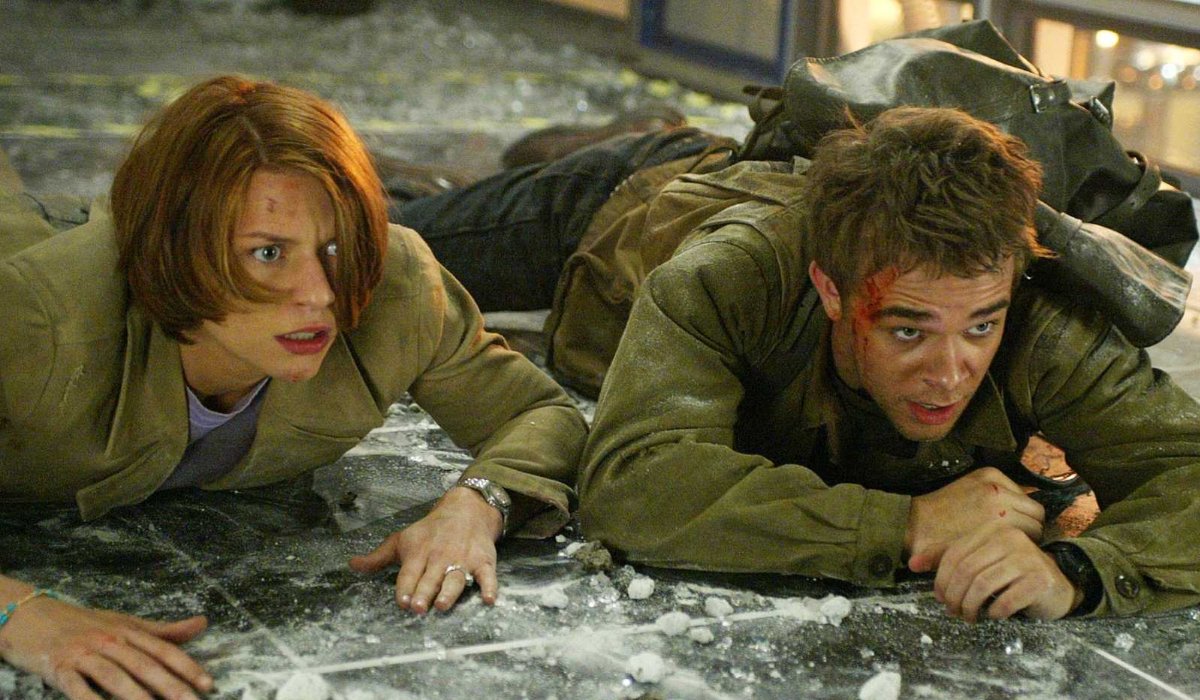
The Brancato/Ferris Timeline: 1984 - 2032 (Terminator 3: Rise Of The Machines, Terminator Salvation)
While James Cameron’s Terminator timeline is officially going to wipe out all of the sequels we’re about to talk about, he’s doing so for a very good reason. In the case of the next two films, the basic foundation of Cameron’s story is implemented, but a wildly different message is at its heart by writers John Brancato and Michael Ferris.
Terminator 2: Judgement Day told us that there was no fate but what we made for ourselves, but Terminator 3: Rise of the Machines basically counters that with the notion that some things, like Judgement Day, are just inevitable. And this time, Skynet has a brand new plan, along with a brand new model of menace, ready to protect its dark future.
While Judgement Day doesn’t take place in 1997, as previously predicted, Sarah Connor dies of cancer in that very year. John Connor (Nick Stahl in T3) goes off the grid at that point, and for a time, he rejects his supposed fate and is allowed to live in relative peace for the next seven years.
The T-X, a hybrid of the metal endoskeleton from the T-800 and the shape shifting liquid metal alloy from the T-1000, is sent back to 2004 and tasked with not only taking out John Connor, but also all of the lieutenants he’ll enlist in the future war against Skynet.
This new timeline sees the T-X being sent back from 2032, and another reprogrammed T-800 is sent back as well. Only this time, John’s wife Kathrine Brewster is the one who sends humanity’s protector back, and only she can give it orders.
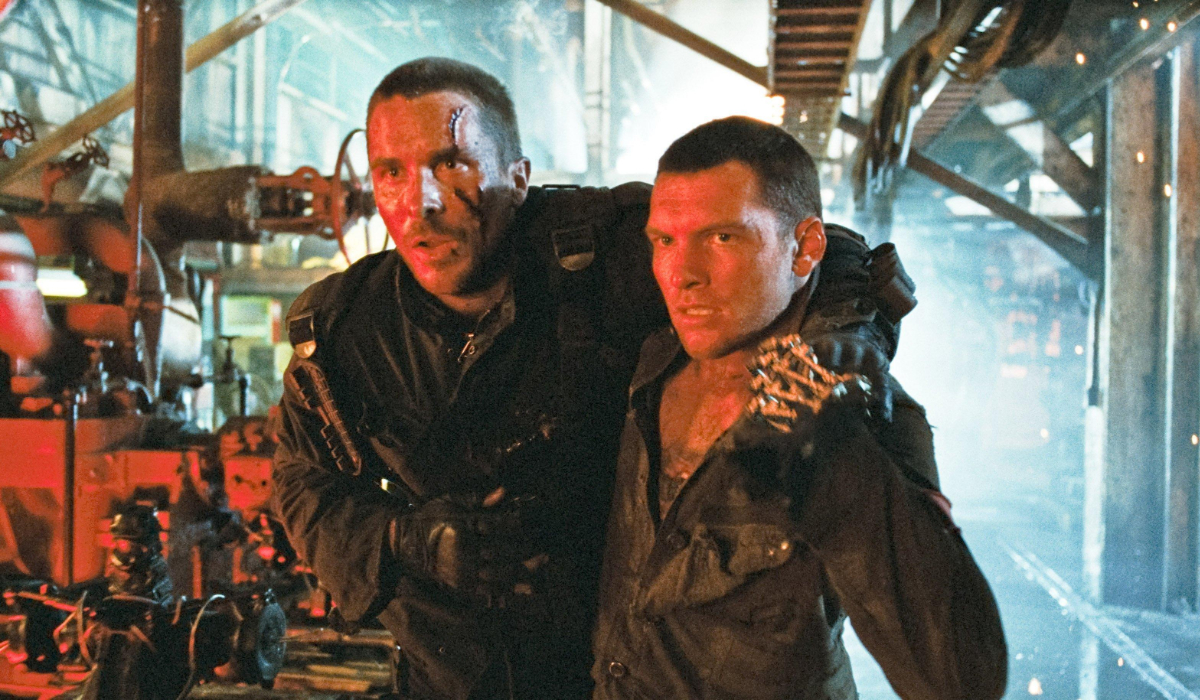
While John and Katherine think they can prevent Judgement Day, as previously accomplished in the Cameron Timeline’s story, it appears that the moment is a fixed point in time that cannot be avoided. Skynet takes over all military computer systems after being sold as a cyber-security cure all that would combat a mysterious computer virus that had been plaguing the world at the time, and begins its attack on humanity.
At 6:18 PM, as the nuclear holocaust rained down on the Earth, John Connor and Katherine Brewster are safely hidden in a bunker, ready to assume their roles as the leaders of the human resistance.
Shortly before this newly rescheduled Judgement Day took place, a new player was put onto the board: an experimental hybrid known as Marcus Wright (Sam Worthington). Executed on death row in 2003, his body was basically entrusted to Skynet in order to create a new type of Terminator with a basis of human biology.
This all eventually leads to Terminator: Salvation’s piece of the timeline, as we catch back up with an older and battle hardened John (Christian Bale) and Katherine (Bryce Dallas Howard) in the then-far flung year of 2018. Despite all of the action in Salvation’s plot, there’s only really two important beats it contributes to its ultimately unfinished story: John Connor meets and save a young Kyle Reese (Anton Yelchin), ensuring his own existence, and John is ultimately given Marcus’ heart to ensure he lives to fight on to either the end of the war and/or his death in 2032 at the hands of a rogue T-800.
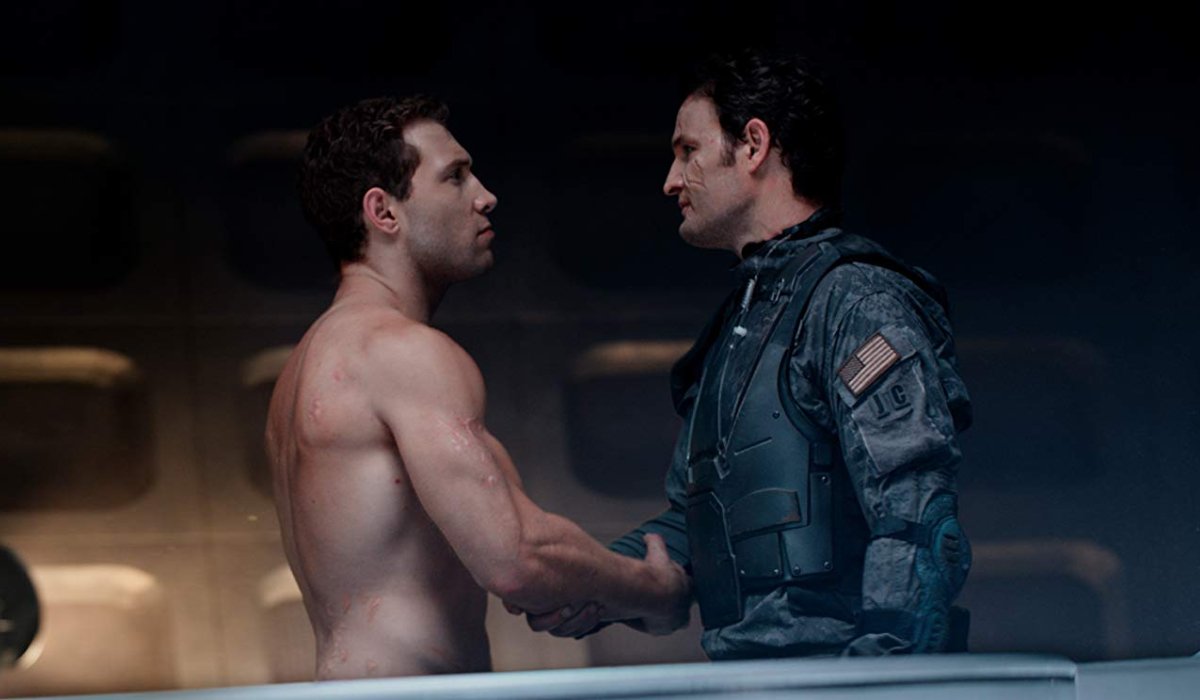
The Kalogridis/Lussier Timeline – 1973 - 2029 (The Terminator, Terminator: Genisys)
Now here is where things start to get really weird. The events of the last film released in the Terminator series so far, Terminator Genisys, both build themselves on top of the original Terminator film, but wildly alters the timeline. Writers Laeta Kalogridis and Patrick Lussier took The Terminator’s timeline, and for the most part stuck to its original roots.
2029 is now the key year where John Connor (Jason Clarke) and Kyle Reese (Jai Courtney) are knocking on Skynet’s door and ready to end our war with the machines. And, as you would expect, the machine intelligence sends a T-800 back to 1984, at the exact place and time that The Terminator saw him arrive. Only this time, the plan is a bit different.
In Terminator: Genisys, another T-800 (known as “Pops”) is sent back to 1973, with the express purpose of protecting and raising Sarah Connor (Emilia Clarke) so that they can take out the evil T-800 before the events of The Terminator can even happen. That then forces Skynet to send another assassin, yet another T-1000 (Byung-Hun Lee), back to 1984 so that Kyle Reese can be taken off the board just as he arrives in the past. Pops and Sarah save Kyle, and then embark on the most radical departure in the Terminator timeline.
In a last ditch effort to ensure victory, Skynet really pulled out all the stops, creating two new models: the T-3000, a nano-converted John Connor who became a Terminator himself, and the T-5000 known as Alex (Matt Smith), a version of Skynet from another universe that converts John into his cybernetic form of villainy. Alex is also the brain inside the new threat in the Terminator series: the operating system “Genisys.”
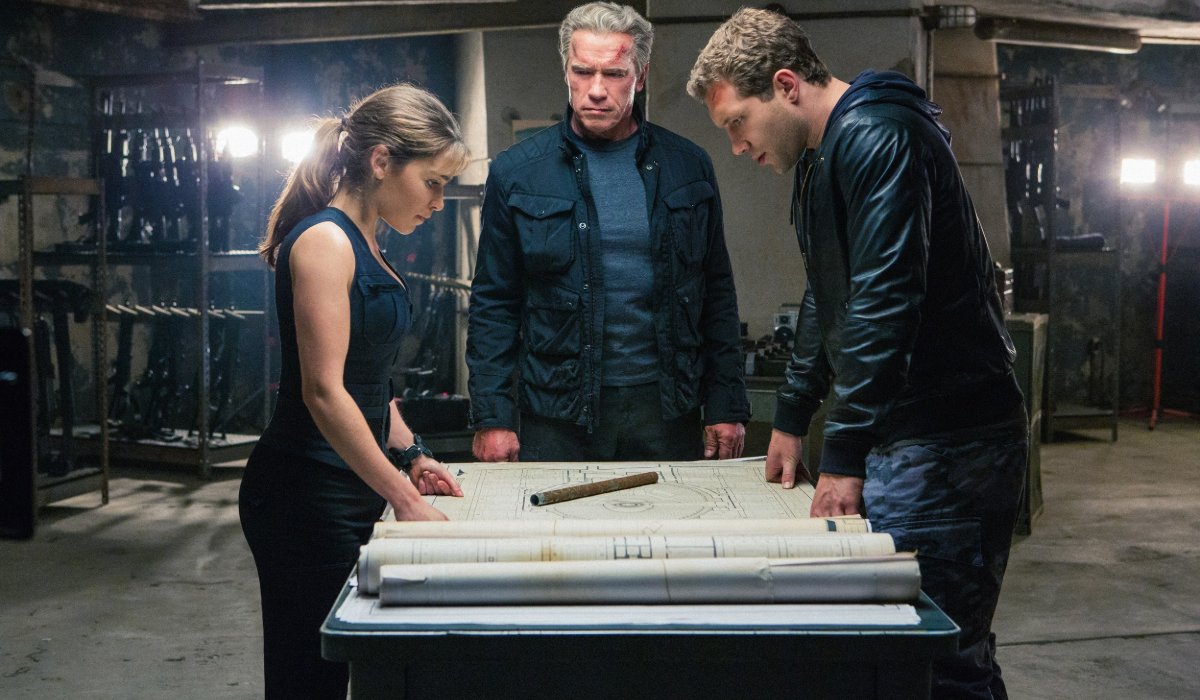
Due to all of the changes to the Terminator Genisys timeline, Judgement Day is supposed to take place in 2017, when Genisys/Alex goes online. However, Sarah, Pops and Kyle prevent this from happening, thanks to taking out the T-3000 formerly known as John, and destroying the Cyberdyne labs that housed Genisys’ core.
In another example of timelines not completely finished, the film reveals that Genisys/Skynet/Alex was not totally destroyed, which would mean something if Terminator: Genisys was a hit. But it wasn’t, so it doesn’t.
There’s a lot of wibbley wobbly timey wimey stuff that’s gone into the Terminator timeline up until this point, and as you can see, it’s a little bit confusing to keep it all together. As James Cameron has helped craft the story for Terminator: Dark Fate, and wiped out all of the confusing sequels, we could be headed for a nice, compact timeline that’s easier to keep track of.
We won’t know what dark fate is in store for us, or the characters of Terminator: Dark Fate, until November 1. But until then, we’ll have plenty of time to figure out what we’ll miss, what we’ll be glad to see go, and what still doesn’t make sense, in this fractured time-space continuum we call the Terminator franchise.

Mike Reyes is the Senior Movie Contributor at CinemaBlend, though that title’s more of a guideline really. Passionate about entertainment since grade school, the movies have always held a special place in his life, which explains his current occupation. Mike graduated from Drew University with a Bachelor’s Degree in Political Science, but swore off of running for public office a long time ago. Mike's expertise ranges from James Bond to everything Alita, making for a brilliantly eclectic resume. He fights for the user.









